From AI-driven safety tools to 5G-Advanced demos, India Mobile Congress 2025 spotlights innovation at the intersection of technology, affordability, and trust.
By SarhindTimes Tech Bureau
New Delhi, October 2025
A Tech Expo with Purpose
The India Mobile Congress (IMC) 2025, inaugurated in New Delhi this week, is being hailed as India’s most pragmatic tech showcase yet — one that blends futuristic ambition with everyday relevance.
While cutting-edge 5G-Advanced networks and enterprise AI systems dominated center stage, it was the theme of safety and accessibility that set the tone.
Leading the charge was Reliance Jio, unveiling a “Safety-First” suite for its JioBharat affordable phone line, aimed at protecting children, women, and senior citizens in an increasingly connected yet vulnerable digital ecosystem.
“Digital empowerment must come with digital safety,”
said Akash Ambani, Chairman, Reliance Jio, in his keynote.
“Technology should not just connect people — it should protect them.”
‘Safety-First’: Connectivity Meets Care
Jio’s new Safety-First initiative introduces a location-sharing, call-blocking, and device-health monitoring system integrated into its sub-₹1,000 phones.
The features are designed for India’s mass-market users — families where one affordable device serves as a lifeline for multiple generations.
Key functions include:
- Location Check – Real-time sharing for trusted family members.
- Unwanted-Call Blocking – Pattern recognition to detect spam and harassment calls.
- Device Health Monitor – Auto diagnostics for battery, SIM, and signal strength, enabling proactive maintenance.
“For parents and seniors, safety is no longer optional,” said Sunil Dutt, President, Devices at Reliance Jio.
“We’re building a trust layer for India’s first billion users.”
Industry analysts view the launch as a strategic pivot for Jio — moving beyond connectivity to digital guardianship, especially for non-tech-savvy consumers.
AI at the Edge: Smarter, Safer Devices
Beyond Jio’s unveiling, the exhibition floor buzzed with AI-enabled device diagnostics, edge computing prototypes, and radio hardware tuned for 5G-Advanced and 6G-ready systems.
Global vendors such as Nokia, Ericsson, Qualcomm, and C-DOT showcased prototypes that can analyze network health, optimize bandwidth, and even predict device malfunctions.
“AI at the edge is not about sci-fi robots,” explained Sandeep Bansal, Head of Network Strategy at Ericsson India.
“It’s about real-time intelligence — detecting faults before they disrupt communication.”
Startups also demonstrated low-cost safety wearables that can trigger SOS messages and send voice notes via Bluetooth to nearby devices — a solution tailored for rural women and schoolchildren.
The Privacy Imperative
As safety tools become data-rich, the privacy paradox grows sharper.
Developers at IMC repeatedly emphasized privacy-preserving design, ensuring that sensitive data such as GPS trails or contact lists remain locally processed and not stored on cloud servers.
“Our challenge is balancing visibility with privacy,” said Aditi Rao, a cybersecurity researcher from IIIT Delhi.
“A mother should know her child’s location, but no one else should.”
Industry insiders said India’s draft Digital Personal Data Protection Act (DPDP 2023) has pushed companies to rethink how safety features can be delivered without compromising consent or compliance.
5G-Advanced: The Next Frontier
The Department of Telecommunications (DoT) and Telecom Regulatory Authority of India (TRAI) used IMC 2025 to preview 5G-Advanced trials — an evolution beyond current 5G speeds, offering network slicing, AR/VR support, and industrial automation capabilities.
Demonstrations included:
- Smart Factory Twins – Digital replicas of manufacturing plants for predictive maintenance.
- AR/VR Classrooms – Immersive education modules streamed via ultra-low latency networks.
- Connected Ambulances – Real-time patient telemetry linked to hospital dashboards.
“India’s telecom evolution is entering its intelligence phase,”
said Neeraj Mittal, Secretary, DoT.
“5G-Advanced will serve as the backbone for Industry 4.0, smart healthcare, and rural tele-services.”
Telecom operators showcased Open RAN (Radio Access Network) prototypes, promoting interoperability across vendors — a key step toward cost-effective scaling.
Satcom and Rural Connectivity
For regions beyond fiber’s reach, satellite communication (satcom) featured prominently at the event.
Bharti-backed OneWeb, Hughes Communications, and ISRO’s IN-SPACe division presented updates on satellite backhaul solutions for remote schools, health centers, and disaster zones.
“Rural India doesn’t just need the Internet — it needs reliability,”
said Lt. Gen. A.K. Bhatt (Retd.), DG, Indian Space Association (ISpA).
“Satcom ensures that no classroom or clinic is cut off, even in monsoon or blackout.”
Affordability: The Real Innovation
While high-tech demos dazzled visitors, the underlying theme of IMC 2025 remained clear — India’s telecom revolution still hinges on affordability.
Nearly 500 million users operate on plans under ₹800 per month, and most prefer devices priced below ₹6,000.
As such, the sub-$10-a-month consumer remains the litmus test for scalability.
“If your feature needs a tutorial, it won’t scale in India,”
quipped Arvind Krishna, a startup founder from Bengaluru showcasing a budget AI assistant app.
“Simplicity is the new sophistication.”
Developer Spotlight: Building for Bharat
A dedicated “Code for Bharat” pavilion allowed young developers to present inclusive solutions.
Highlights included:
- Voice-based banking apps for semi-literate users.
- Regional-language safety bots that report domestic violence or cyber harassment anonymously.
- Low-data consumption health trackers compatible with 2G and 3G networks.
“India’s tech innovation isn’t just top-down,” said Nivruti Rai, CEO of Invest India.
“Grassroots developers are redefining what accessibility means in the digital age.”
The Digital Twin Revolution
Beyond consumer devices, IMC showcased the industrial side of connectivity — digital twins, predictive analytics, and edge robotics.
Factories can now simulate operations in a virtual twin environment, where engineers test efficiency tweaks before real-world execution.
Companies like Tata Communications and L&T Tech unveiled pilot projects using private 5G for factory automation and remote robotics control.
“What cloud computing did for software, digital twins will do for manufacturing,”
said Rajeev Chandrasekhar, Minister of State for Electronics & IT.
Security and Trust: The Next Battleground
As India’s telecom infrastructure scales, security threats have multiplied — from SIM swap scams to AI voice frauds.
This year’s IMC featured several panels dedicated to “trust in telecom.”
The Bureau of Indian Standards (BIS) announced a roadmap for secure hardware certification, ensuring that devices meet baseline cybersecurity criteria before entering the market.
Meanwhile, CERT-In demonstrated AI-based call anomaly detection, capable of flagging fraudulent patterns across networks in real time.
“Every byte of connectivity must come with a byte of trust,”
said Lt. Gen. (Dr.) Rajesh Pant (Retd.), India’s National Cybersecurity Coordinator.
“We are building the digital spine of Bharat — it must be unbreakable.”
Industry Collaborations and MoUs
The expo’s sidelines saw multiple memorandums of understanding (MoUs) between telcos, hardware firms, and government agencies.
- Jio Platforms & IIT Madras: Joint lab for AI-powered telecom safety algorithms.
- BSNL & C-DOT: Pilot of Open RAN networks across North-East circles.
- ISRO & Bharti OneWeb: Collaboration on LEO-based backhaul connectivity for remote Himalayan regions.
- Qualcomm & Tata Elxsi: Development of AI-driven 5G modems for smart appliances.
Officials said these agreements are expected to materialize into pilot deployments within 12–18 months.
IMC as an Innovation Ecosystem
Since its inception in 2017, IMC has evolved from a trade show into a policy-innovation bridge connecting startups, academia, and government.
This year’s edition attracted over 2,500 delegates, 600 exhibitors, and 50 global CEOs, underscoring India’s growing status as a digital manufacturing hub.
The focus has expanded from pure telecom to mobility, satellite, AI, and cybersecurity — reflecting the convergence shaping tomorrow’s economy.
“Telecom is no longer a silo,” said Anshu Prakash, former Telecom Secretary.
“It’s the foundation of everything — from logistics to education to healthcare.”
The Human Angle: Digital Safety for All Ages
Among the crowd-pleasers at IMC was a live demo of Jio’s “Safety-First Family Mode”.
Visitors watched how a parent could locate a child’s phone, block an unknown number, or receive battery alerts.
Elders tested voice-guided SOS activation, where pressing a button thrice sends the device’s location to emergency contacts.
Importantly, these features function without Internet data, relying on SMS relays — making them viable for rural users.
“For my father, simplicity is safety,” said a visitor from Jaipur.
“He doesn’t need AI — he just needs to know he’s not alone.”
Policy Push: ‘Trust in Telecom’ Framework
Inaugurating the event, Communications Minister Ashwini Vaishnaw reiterated the government’s commitment to trust-based telecom architecture under the Digital India Act framework.
He emphasized three pillars:
- Affordability – Universal connectivity for every household.
- Safety – Built-in protections against digital abuse.
- Innovation – Support for startups building India-specific solutions.
“We want India’s digital growth to be inclusive, secure, and humane,”
Vaishnaw said. “The next billion users must come online safely.”
Editorial Perspective: Beyond the Speed Race
While the event dazzled with 5G demos and satellite showcases, its true value lay in reframing what connectivity means.
IMC 2025 moved the conversation from speed and scale to trust and purpose.
In an era when even budget phones carry the weight of privacy, the shift from “faster” to “safer” signals India’s maturity as a digital society.
For a nation with over a billion active SIM cards, this evolution matters — because safety is now innovation’s final frontier.
Conclusion: The Road Ahead
India Mobile Congress 2025 ends with optimism tempered by realism.
Technology alone cannot secure users; ecosystem accountability must follow.
As families adopt smart devices, as factories embrace digital twins, and as satellites beam signals into remote hamlets — the question is not how connected India can become, but how safely.
And if IMC’s new wave of launches and pledges are any indication, the answer is encouraging:
India’s digital growth is finally getting its safety net.
#IMC2025 #Telecom #Jio #SafetyTech #5G #Devices #DigitalIndia #Innovation #AI #Connectivity











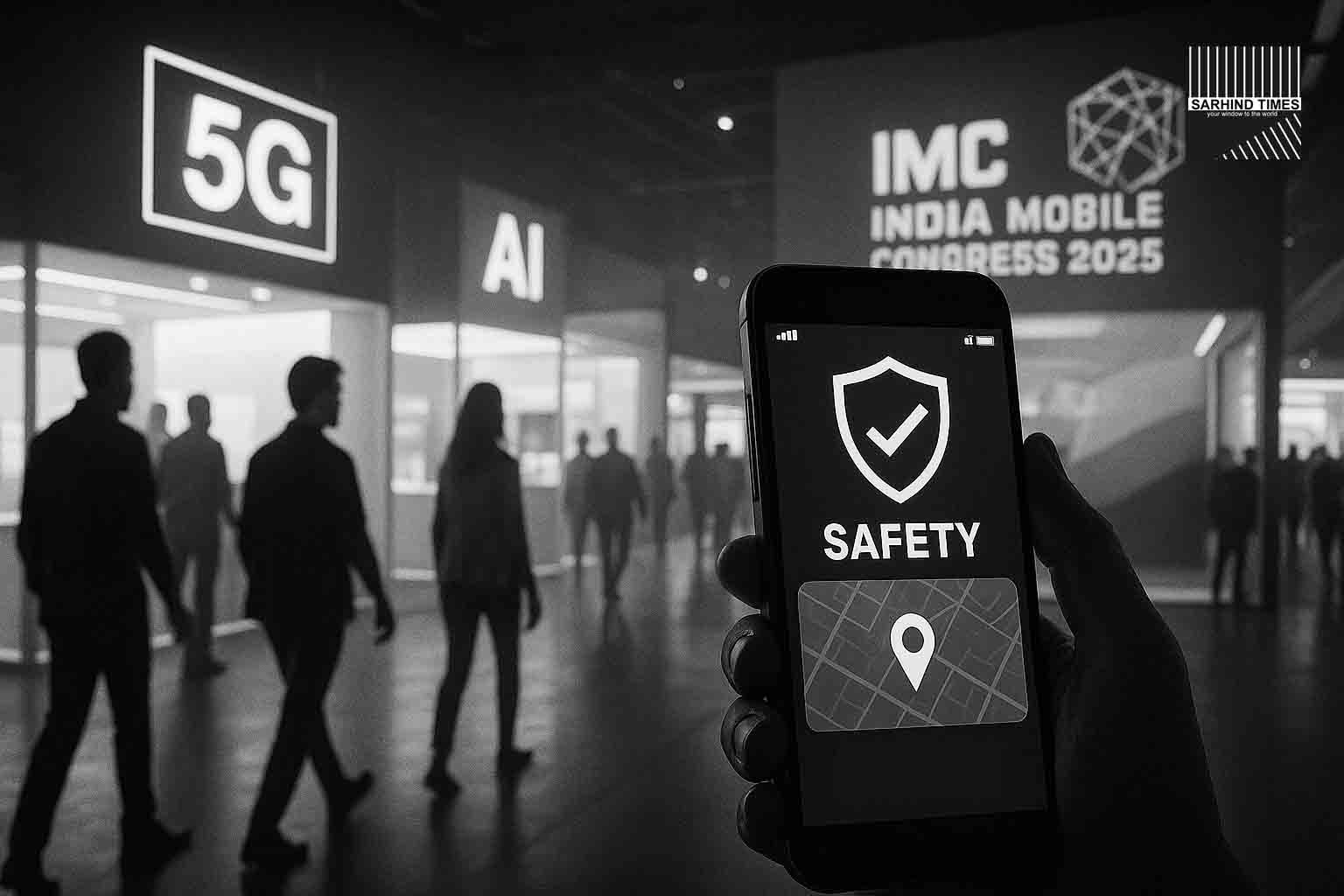
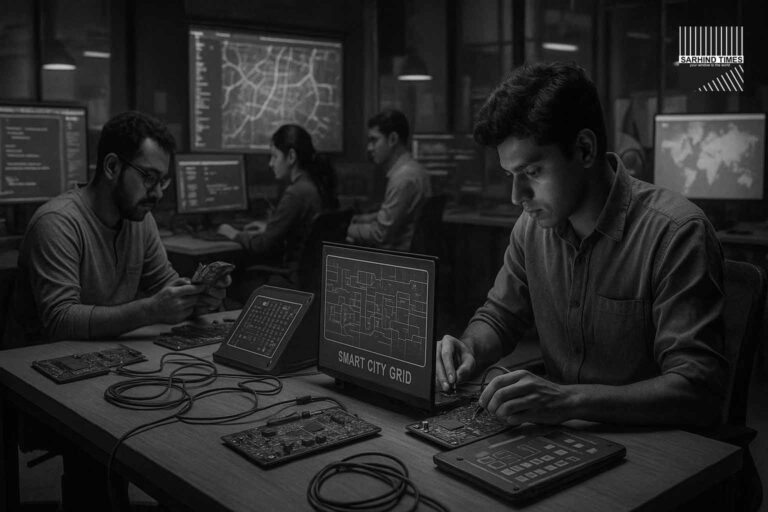
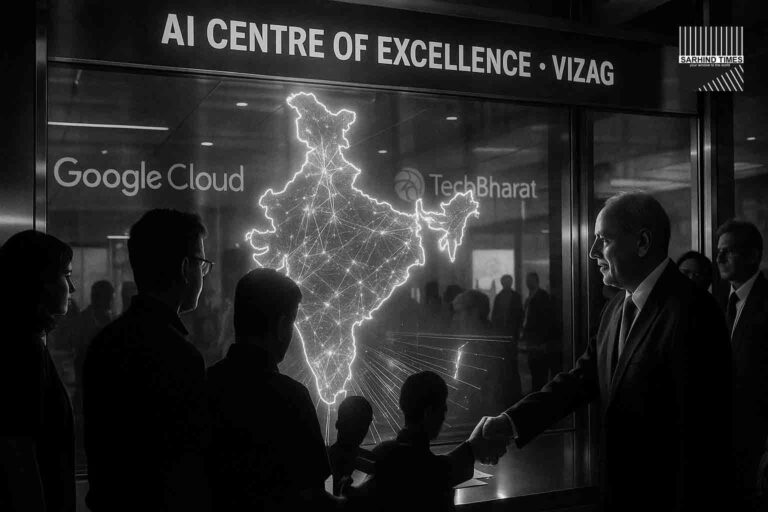
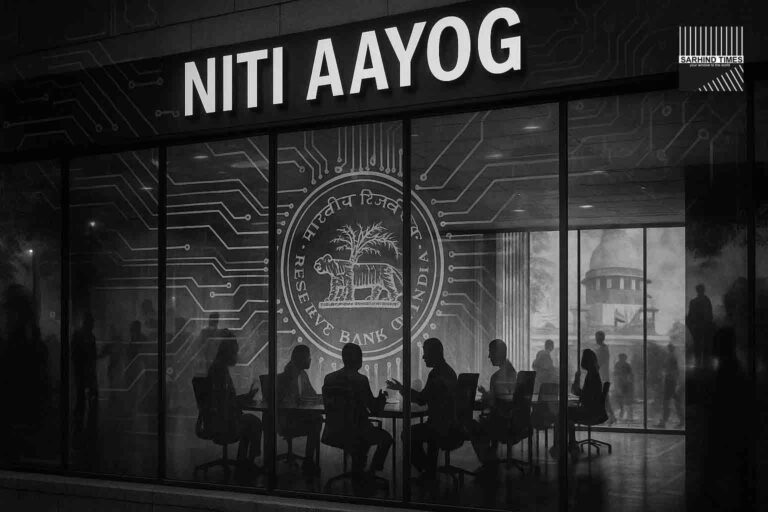

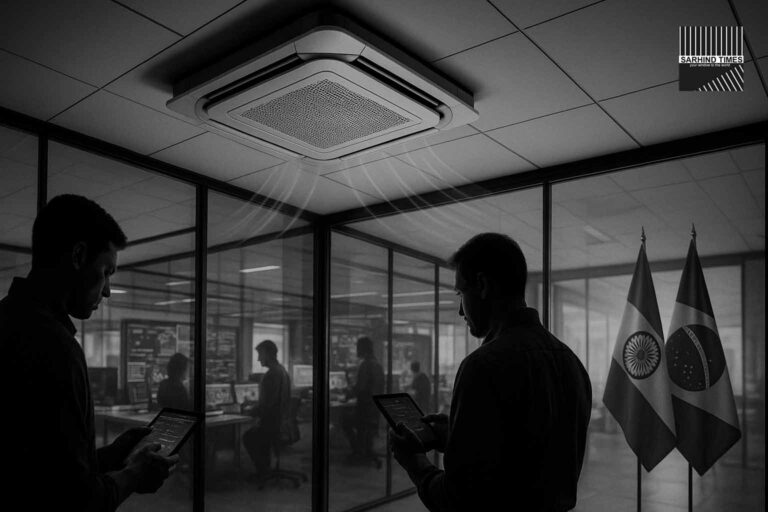
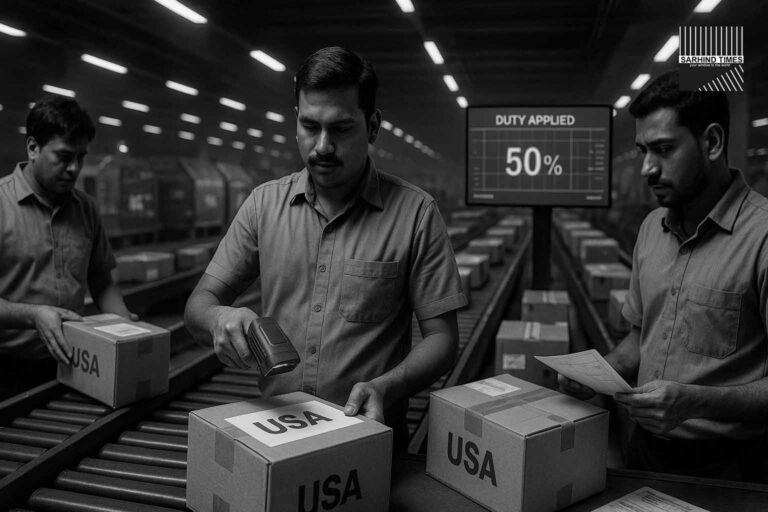

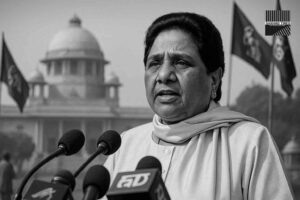




+ There are no comments
Add yours